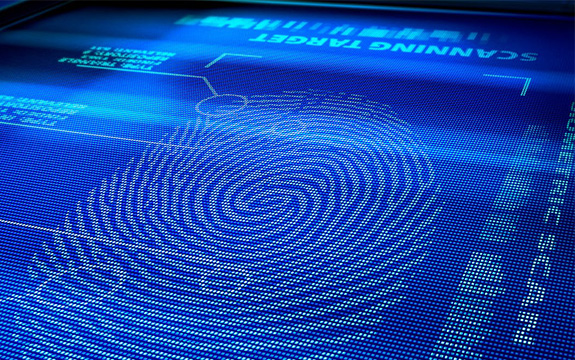
Jeremy Lee, a sawmill worker in Imbil, Queensland, refused to have his fingerprints scanned for a new security system introduced by his employer to replace swipe cards.
In summary
- Analysis for The Conversation by Peter Holland, Professor in Human Resource Management and Employee Relations, Swinburne University of Technology and Tse Leng Tham, Lecturer in Human Resource Management and Management, RMIT University
In Back to the Future II (1989), fingerprints are used to lock and unlock doors. It's a benign technology, apart from the rise of "thumb bandits" who amputate thumbs. Gattaca (1997) envisages a bleaker future, where corporations collect DNA samples and genetic discrimination reigns.
Three decades on, "biometric recognition" technology is no longer science fiction. Should we embrace it or fear it?
That question faced Jeremy Lee, a sawmill worker in the town of Imbil, Queensland. when his employer, Superior Wood Ltd, introduced fingerprint scanning to verify clock-on and clock-off times.
Lee refused to comply. He was sacked as a result.
Lee then lodged an unfair dismissal claim in the Fair Work Commission. His claim was rejected last November.
But last month Lee won his case on appeal before a full bench of commissioners.
Their ruling was particularly critical of the employer's lack of process and failure to understand its employees' right to privacy.
It's concerning management appeared to not understand the sensitivity of such data, and believed it had the right to demand it for something so mundane.
But what is most disturbing about this case, the first of its kind in Australia, is that just one employee out of about 400 resisted having their biodata taken. Every other employee acquiesced, despite management failing to provide any information about how it planned to store and protect such sensitive data.
Boundaries of consent
Biometrics refers to any technology that measures and analyses unique physical and distinctive behavioural characteristics considered innate, immutable and unique to the individual.
Physiological markers include fingerprints, hand geometry, eyes and facial features. Behavioural markers include gait or voice patterns.
You don't have to look far to see these technologies in use. Fingerprint and facial scanning is now common as a security measure on phones and computers.






